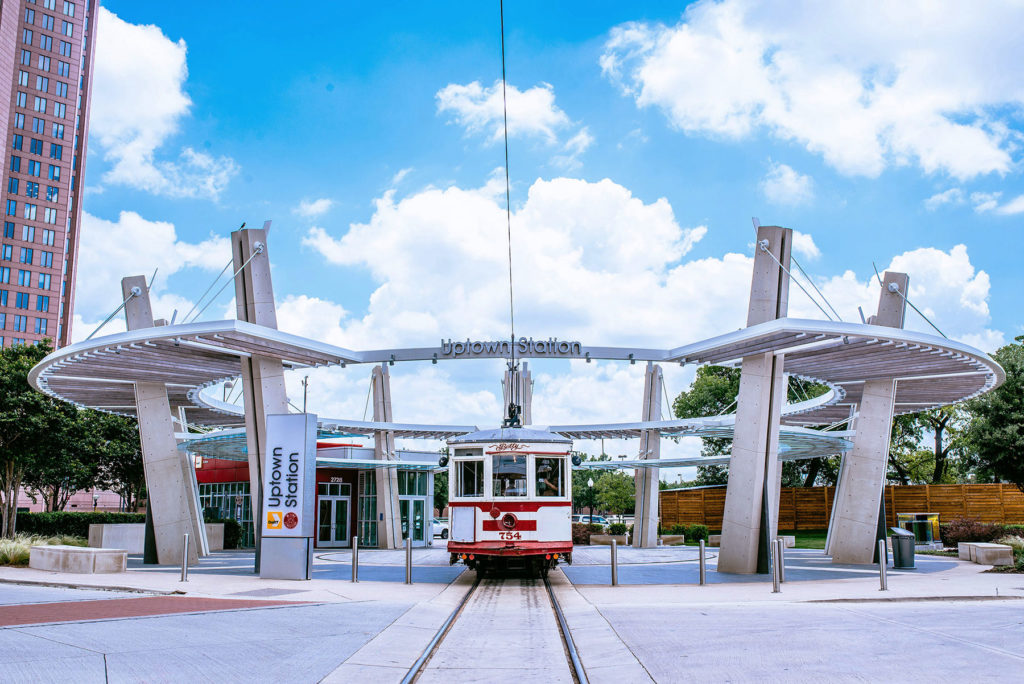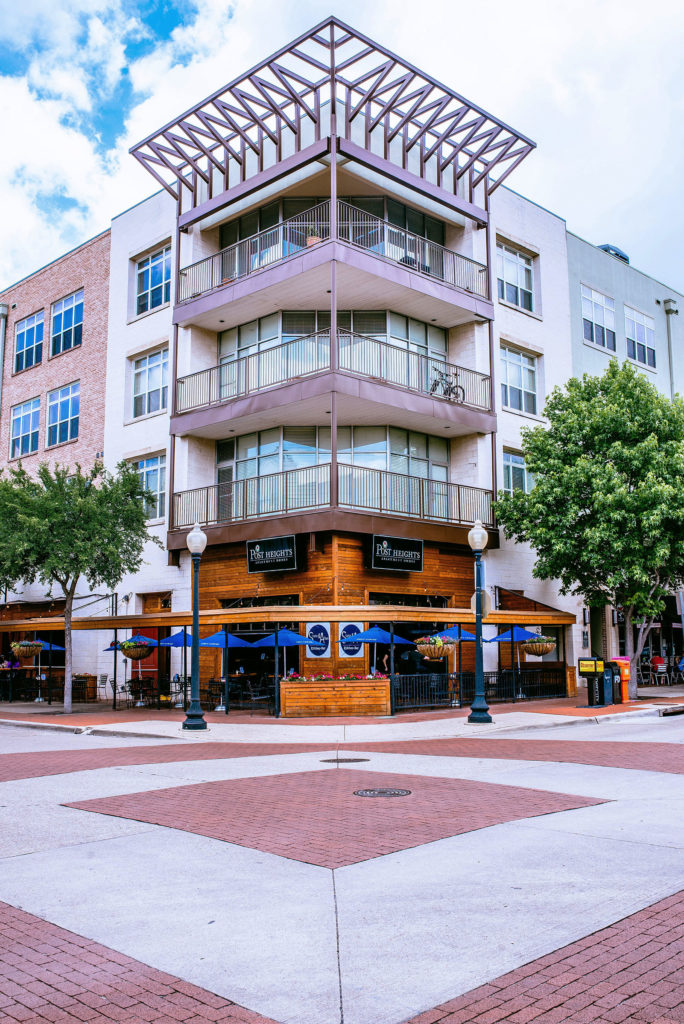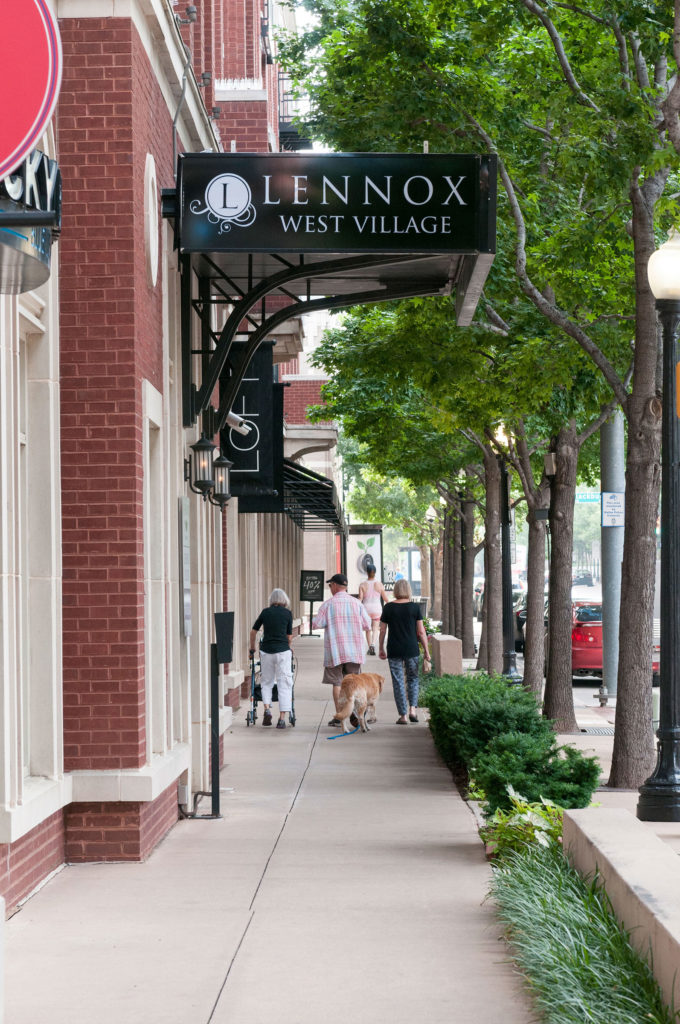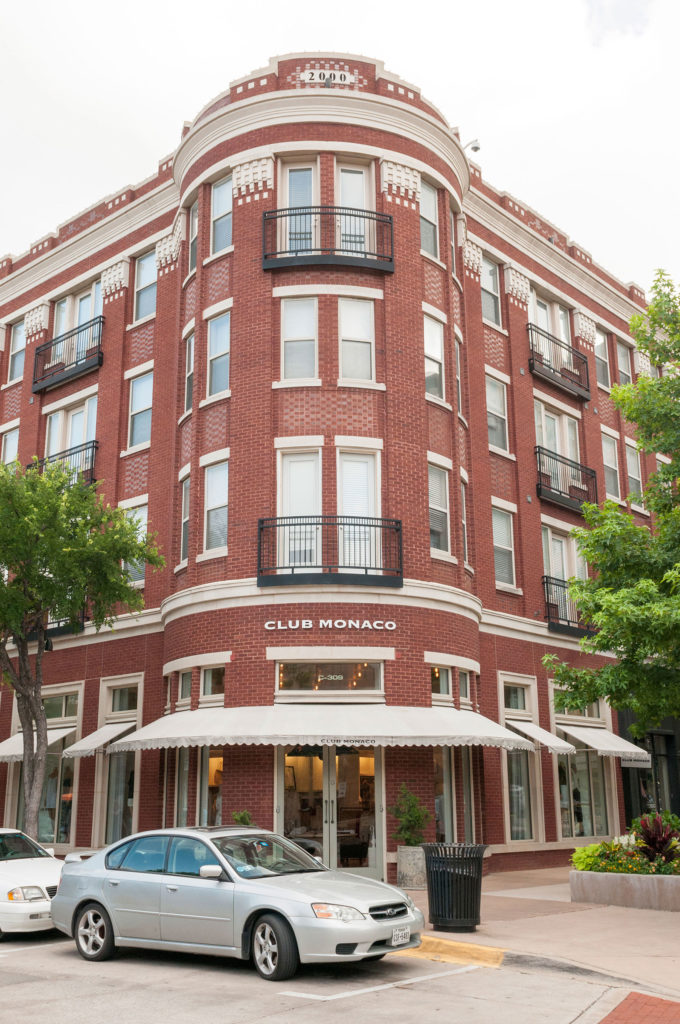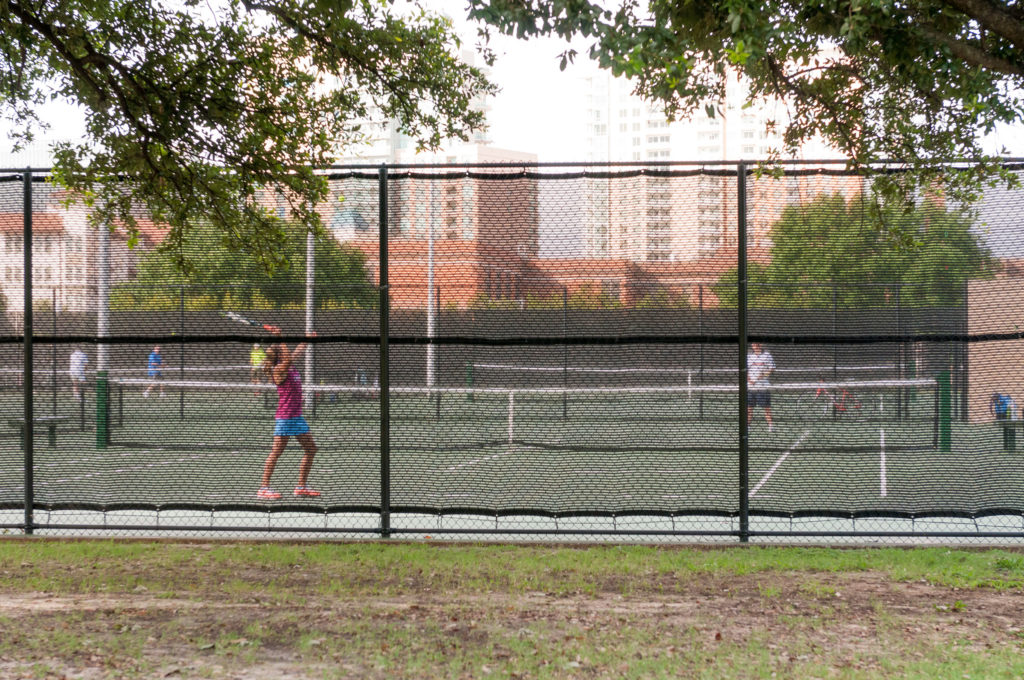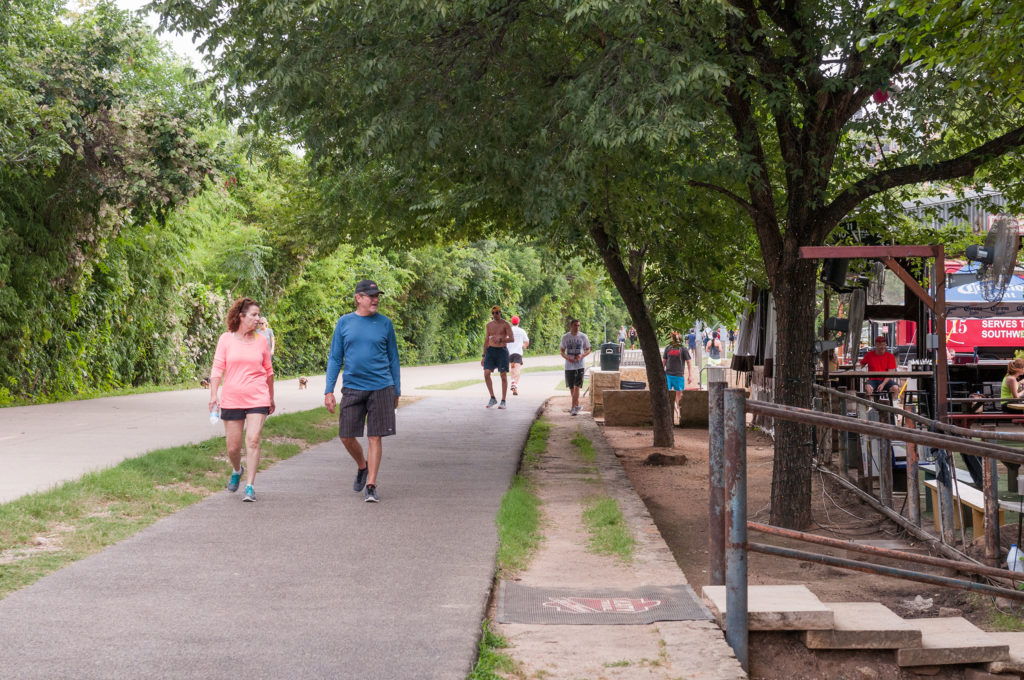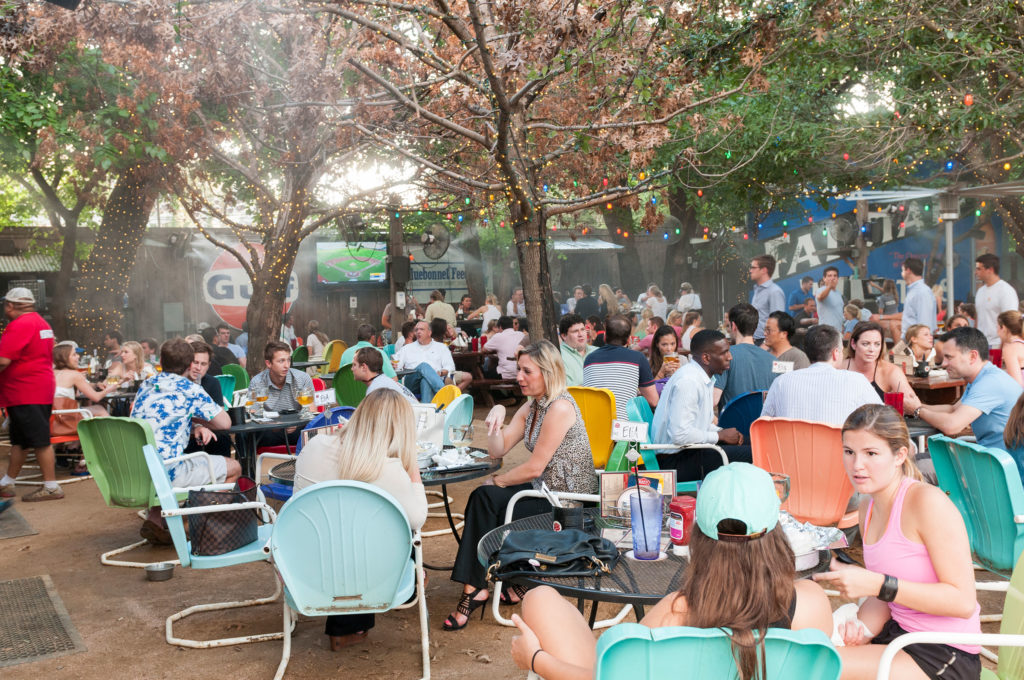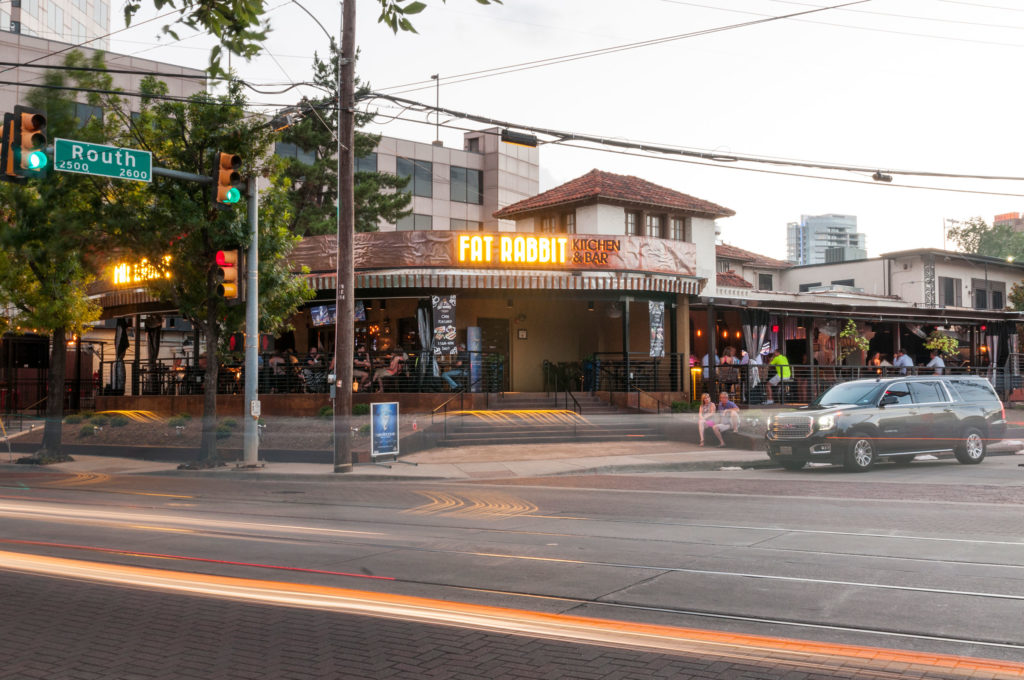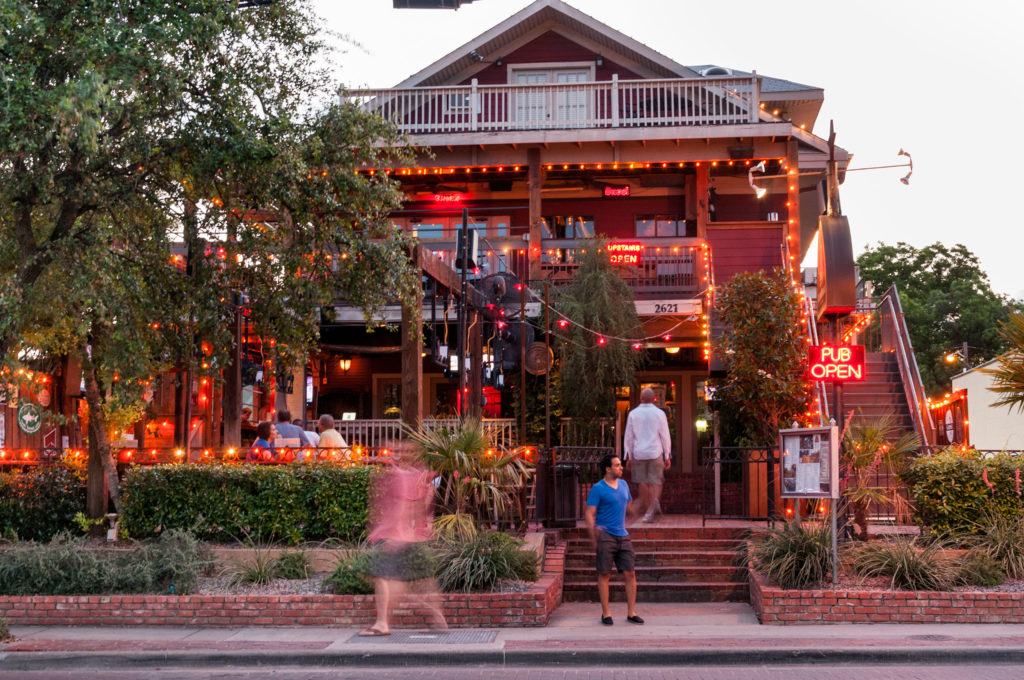Dallas’ most walkable live-work-play community, Uptown, boasts a host of new apartments, trendy bars, hot restaurants, and much of the best shopping in town. Singles in their 20s often dominate the social scene along McKinney Avenue, but it’s mostly professionals on the other side of age 30 who have settled into the townhomes along the tree-lined roads farther north, closer to Knox Street.
Locals Love
Getting to their favorite neighborhood bars and homes without having to get in a car. Trips on the McKinney Avenue Trolley are even free—though truthfully walking is often faster if you’re in a hurry.
